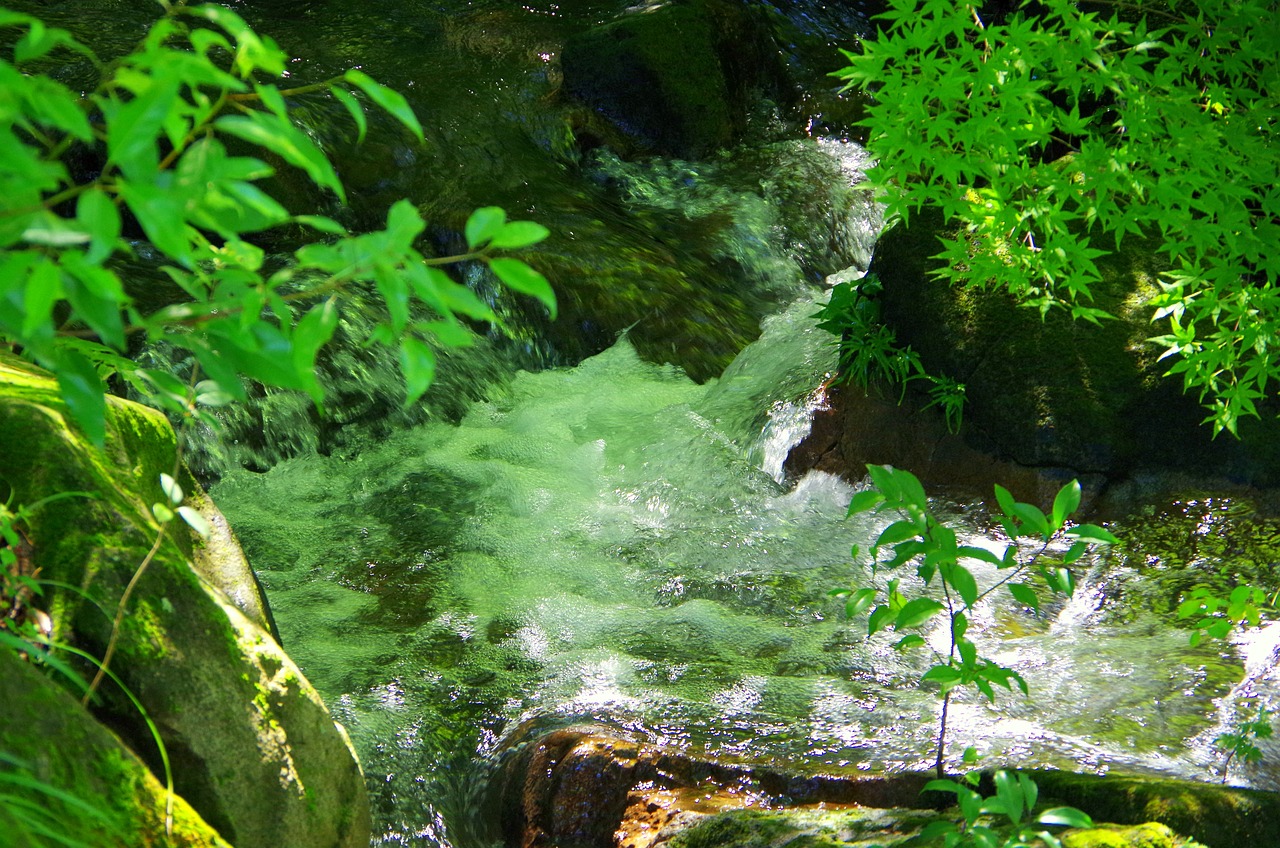
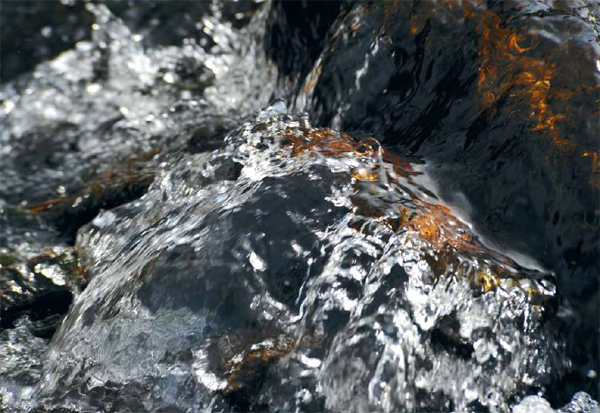
Have you ever wondered why some waters taste better than others? Two key factors determine how good water tastes: quality and flavor. But it’s also what happens in the bottle or glass before you start sipping away at your favorite drink that can make all the difference between ho-hum and truly delicious.
Today we’ll explore four secrets of what makes water taste good as well as tips for selecting the right type of water for maximum enjoyment.
The taste of water is strongly influenced by its origin and quality. Drinking fresh, clean, and pure water from natural sources like artisan springs, icebergs, or glacial water (How Your Premium Brands Get Their Water) leads to a better taste than drinking tap water or filtered water.
The most important is to consume water free from impurities and safe to drink.
Water hardness is the amount of dissolved calcium and magnesium in the water.
Water can be classified as soft, moderately hard, hard, or very hard based on its amount of calcium carbonate. If the water has 0 to 60 mg/L, it is considered soft; 61 to 120 mg/L, it is moderately hard; and 121 to 180 mg/L, it is hard. Waters with more than 180 mg/L of calcium carbonate are considered very hard.
It is important to note that both soft and hard water are safe to drink,
Hard water refers to high mineral content, primarily calcium and magnesium. Soft water, on the other hand, may have higher sodium levels which should be fine for most healthy adults.
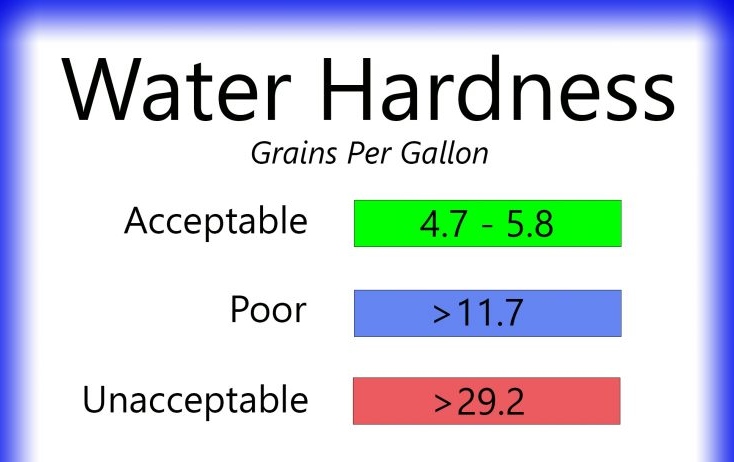
Every water source contains TDS (Total Dissolved Solids). It includes minerals, salts, metals, ions, and other dissolved particles. TDS can range from low (10-40) to high (up to 7,000). The most important sources of TDS for drinking water are minerals from rocks and soil. Because of it, the unique flavor and experience of drinking water can be thanks to its terroir.
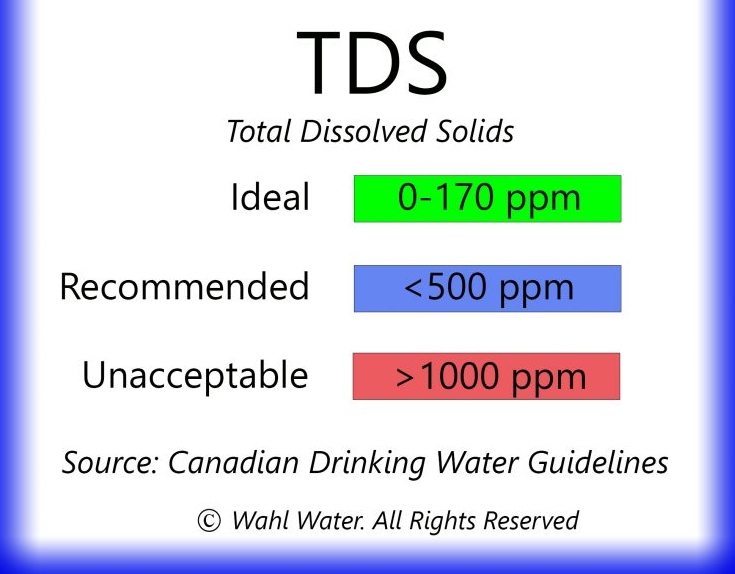
Water pH, or “potential hydrogen,” measures how acidic or alkaline water is. When it comes to water, a pH of 7.0 is considered neutral. Anything with a pH lower than 7.0 is sour, while anything above 7.0 is basic or alkaline. In terms of taste, water with a higher pH level tends to be sweeter and softer than water with a lower pH level.
Water experts, known as water sommeliers, use pH levels to describe the taste of water, categorizing it as acidic (pH 5-6.7), neutral (pH 6.8-7.3), a hint of sweet (pH 7.4-7.8), or alkaline (pH 7.9-10).
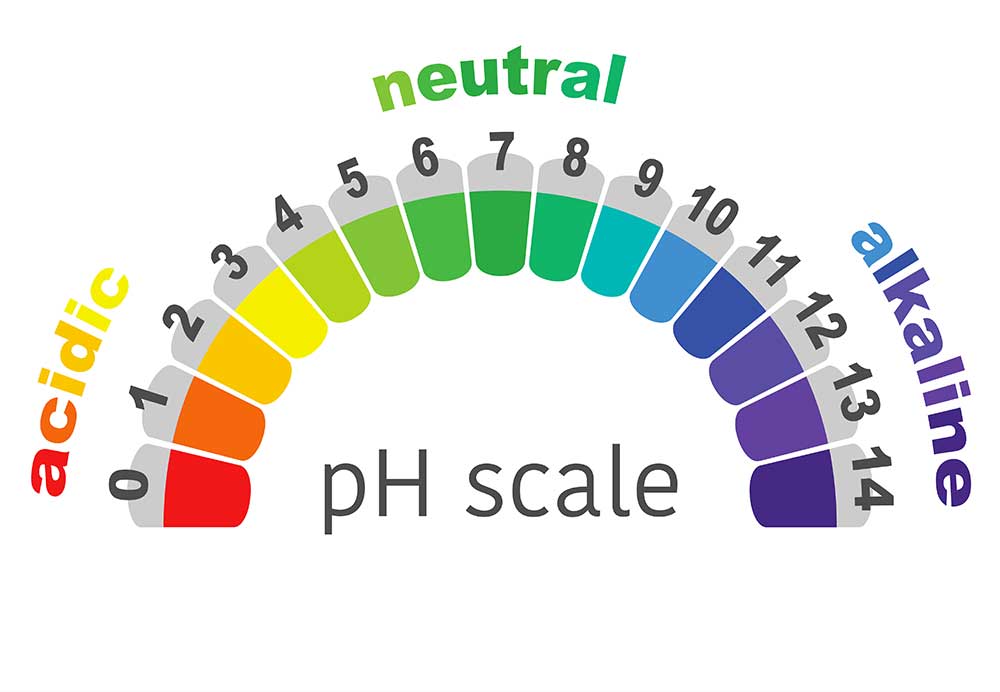
Water can be still or carbonated. Carbonated water can come from a natural source or be infused with bubbles.
Carbonated or sparkling water can add a unique twist to its taste, making it more appealing to some individuals. The effervescence and slight acidity can create a tingling sensation on the tongue, enhancing the overall drinking experience.
The temperature of the water can greatly affect its taste. Most people find water more refreshing and enjoyable when it’s cool or slightly chilled. Cold water can quench thirst effectively and provide a crisp, clean sensation. Although room temperature is recommended for drinking.
When it comes to the flavor of water, the pH factor has minimal influence on the taste of water, according to experienced sommeliers who say it’s around 5%.
Instead, the Total Dissolved Solids (TDS) level plays a more significant role, about 20%– waters with higher TDS levels tend to be saltier, harsher, and harder. But the real kicker is Carbonation. It has the most important influence on water flavor, accounting for around 75%
Remember that taste preferences can vary from person to person, so feel free to experiment.



This is important so that we can show you the current product catalog